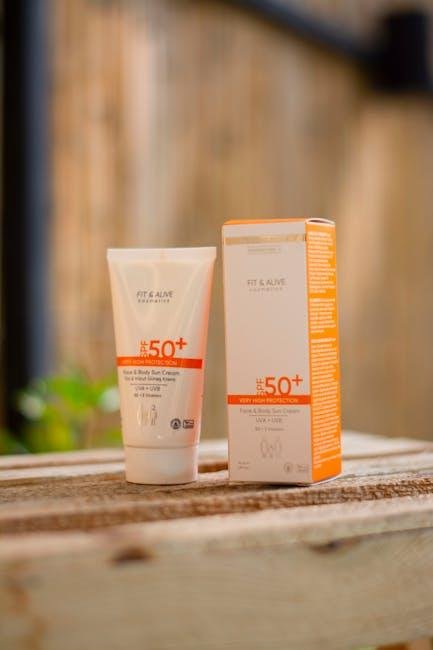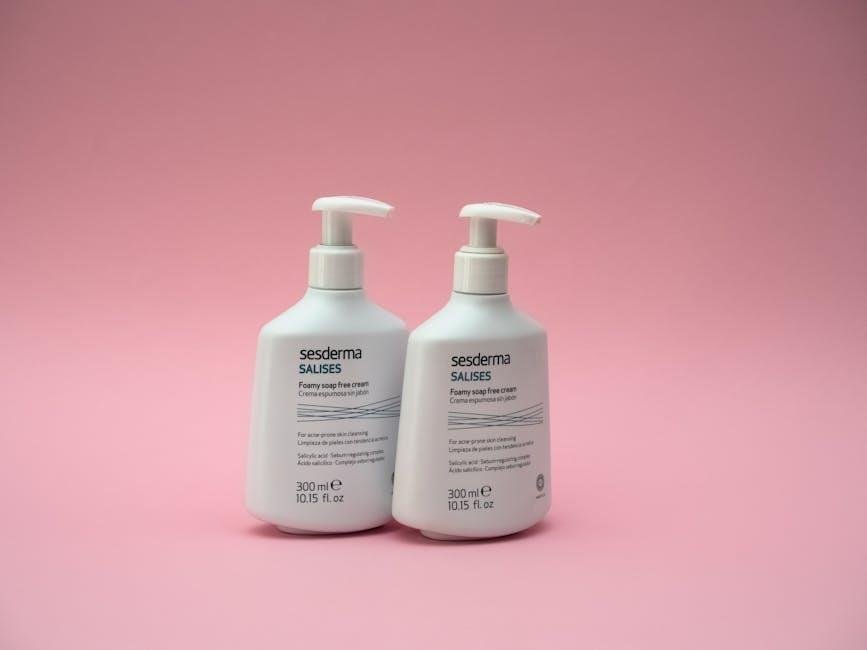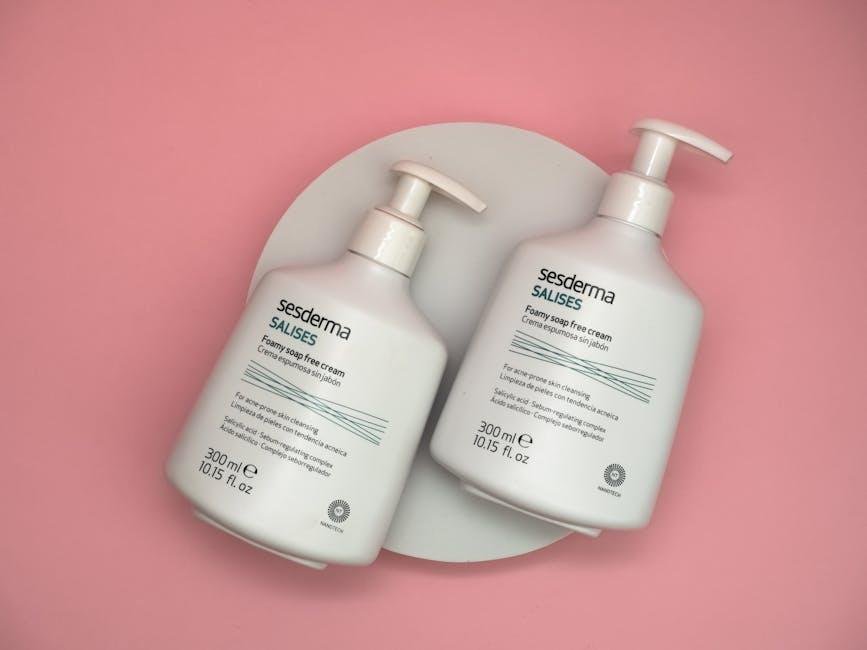In the bustling world of skincare, terms and labels often flit past us like fleeting summer clouds—promising beauty, clarity, and radiance. Yet, one term that stands out amidst this turbulent sky is “non-comedogenic.” Whispered in beauty aisles and etched on product labels, it holds the promise of skincare that accommodates our skin’s unique needs, particularly for those prone to breakouts. But beneath its glossy surface lies a question that stirs both curiosity and confusion: what does “non-comedogenic” actually mean? In this article, we will peel back the layers of this term, exploring its scientific roots, the implications for your skincare routine, and how to make informed choices that nurture your skin without compromising its health. Join us on this enlightening journey as we demystify the label and unravel the truth behind what it means for your complexion.
Understanding the Science Behind Non-Comedogenic Formulations
At its core, “non-comedogenic” refers to products formulated to avoid clogging pores, thereby reducing the likelihood of acne and breakouts. But what is the science behind it? scientists and cosmetic formulators understand that certain ingredients can led to the formation of comedones, which are clogged hair follicles that can develop into acne.Non-comedogenic products typically contain lighter oils and water-based ingredients that allow skin to breathe and maintain its natural balance. Ingredients such as salicylic acid and hyaluronic acid are popular in these formulations due to their ability to hydrate without the heavy,pore-clogging effects found in many traditional skincare and makeup products.
To determine if a product is non-comedogenic, it’s vital to consider the specific formulation and how individual skin types respond to various ingredients. For example, oils like jojoba and safflower are often deemed safe, while others, such as coconut oil, might cause issues for acne-prone skin. The effectiveness of non-comedogenic products can also be measured by their comedogenic rating, a scale that ranges from 0 to 5, with lower numbers indicating a lesser chance of causing acne. Here’s a simple comparison of common ingredients:
| Ingredient | Comedogenic Rating | Skin Type |
|---|---|---|
| Jojoba Oil | 2 | All Skin Types |
| Coconut Oil | 4 | Dry/Sensitive |
| Hyaluronic Acid | 0 | oily/Combination |
| safflower Oil | 0 | Oily/Sensitive |

Identifying Ingredients: What to Look for in non-comedogenic Products
When searching for non-comedogenic products, it’s essential to become familiar with certain key ingredients known for their skin-friendly properties. Look for lightweight oils such as jojoba,argan,and grapeseed oil,which are generally absorbed easily without clogging pores. Additionally, consider ingredients like salicylic acid, which not only helps to keep the skin clear by preventing breakouts but also offers gentle exfoliation. Other beneficial components include hyaluronic acid for hydration and aloe vera for soothing irritated skin.
Equally important is to avoid certain ingredients that are likely to cause breakouts. Steer clear of products containing heavy oils, such as coconut oil or mineral oil, which can suffocate the skin. Other common culprits include sulfates, parabens, and synthetic fragrances—all known for their potential to irritate the skin and lead to acne. Always read the labels carefully to ensure that the product aligns with your skincare goals,and don’t hesitate to conduct a patch test before widespread use to gauge your skin’s reaction.

Debunking Myths: Common Misconceptions About non-Comedogenic Labels
There’s an enduring belief that if a product is labeled as “non-comedogenic,” it is guaranteed not to cause breakouts. This notion is far from the truth. while non-comedogenic indicates that a product is formulated to avoid clogging pores,this does not account for individual skin reactions. Factors like skin type, existing conditions, and environmental influences can impact how a product interacts with the skin. Therefore, it’s crucial not to rely solely on this label when choosing products, especially for sensitive or acne-prone skin.
Moreover, many people assume that all ingredients in non-comedogenic products are inherently safe for acne-prone skin. However, it’s important to consider the entire formulation. Some non-comedogenic products may still contain potentially irritating ingredients. In fact, certain compounds can provoke blemishes even if they don’t clog pores directly. Here are some common misconceptions to keep in mind:
- myth 1: Non-comedogenic means the product is effective for everyone.
- Myth 2: All oils are comedogenic.
- Myth 3: Non-comedogenic products won’t cause skin irritation.
To illustrate the diverse reactions to non-comedogenic formulations, consider the following table:
| Ingredient | Potential Reaction |
|---|---|
| Dimethicone | Generally safe, but may cause issues for sensitive skin types. |
| Jojoba Oil | Non-comedogenic for most, but can cause clogged pores in certain individuals. |
| alcohol | Can dry and irritate the skin, leading to breakouts. |

Practical Tips for Choosing Non-Comedogenic Skincare for Your Needs
When selecting non-comedogenic skincare products, it’s essential to carefully read labels and ingredient lists. Look for products specifically labeled as “non-comedogenic,” which indicates that they won’t clog pores. Additionally, consider opting for formulations that include lightweight oils such as jojoba or argan, known for their moisturizing properties without the risk of breakouts. Be cautious with heavy creams or those containing high concentrations of silicones, as these can frequently enough lead to pore congestion.
Another critically important factor to consider is your skin type. here are some tips based on different needs:
- Oily Skin: Seek out water-based gels that are labeled non-comedogenic and free of harsh ingredients.
- Dry Skin: Look for non-comedogenic products containing hydrating ingredients like hyaluronic acid or glycerin.
- Sensitive Skin: Choose products that are fragrance-free and hypoallergenic to minimize irritation.
Future Outlook
As we wrap up our exploration of what “non-comedogenic” truly means, it’s evident that this term serves as a critical guide in navigating the vast landscape of skincare products. Understanding the science behind it empowers us to make informed choices that cater to our unique skin types, particularly for those prone to breakouts.Remember, while non-comedogenic formulations can help mitigate clogged pores, it’s essential to consider the individual ingredients and their effects on your skin. As you embark on your skincare journey,let this knowledge illuminate your path,helping you curate a routine that not only beautifies but also nurtures your skin’s health. After all, healthy skin is beautiful skin. Happy skincare shopping!

